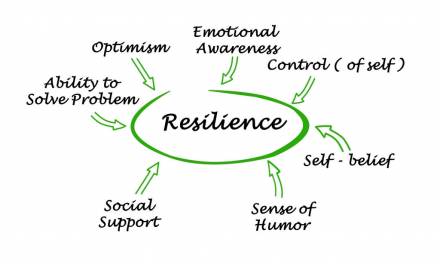Emotional and academic resilience is an integral aspect of students reaching their potential. Innate talent and application can only help pupils reach their targets if resilience is built up alongside them.
As a teacher, therefore, working out how to help students improve their resilience can be key to their academic success. What sort of strategies can you implement to help improve this emotional and academic resilience in your pupils?
Identify students most in need of support
It’s likely that this work will have already been done for you by personal tutors or year heads, but there will be risk factor data associated with certain pupils. At the extreme, these pupils will already have behaviour management strategies associated with them, and their resilience to academic or emotional stress may already be weakened.
Along with these high-risk students, you have others who are susceptible thanks to factors within their history. For example, they may have family instability which could have a contributory effect on their overall resilience.
Bearing these in mind and being watchful will ensure that you can catch these issues before they escalate.
Mental health problems, teenage pregnancy and poor maths and literacy levels are just some of the problems which loom large in unequal societies. Getting the whole school community excited about understanding the problem and doing something about it might give us hope for a fairer future. It’s all part of closing the gap between the advantaged and disadvantaged – and their academic progress.
Create a safe and supportive classroom environment
No one likes to “get it wrong” and that applies even more to pupils who have low resilience already.
One way to combat this is to ensure a safe and supportive environment from the very beginning of the school year. Establish classroom norms and expectations, including points on how to treat other pupils who make an effort and get something wrong.
This will be an overarching strategy across the year, but may go some way to creating an environment where a student feels able to contribute even if they’re not 100% certain they’re right.
Advocate impulse control methods
Impulses affect us all, although those with low resilience can be more susceptible to giving in.
This is something that you can model and encourage students to follow suit on. For example, if a pupil gives a wrong answer, your impulse might be to correct them immediately. However, by encouraging them, rather than correcting them straight away, you’re both allowing them to think and demonstrating your own impulse control.
Be explicit and highlight to the class this is what you were doing, whilst simultaneously explaining that you expect them to think before jumping in themselves.
Encourage flexible thinking
Seeing different perspectives is a key part of resilience, as it enables students to see beyond the binaries of black and white to see other courses of action.
You can encourage them to think outside the box by setting a task and asking how they would initially complete it. Then ask them how they could approach it in another way.
Highlighting that there is no one way to accomplish a task will provide transferable skills that allow students to think beyond the obvious.
….cooperation and communication, empathy, strong problem-solving skills, well-defined goals and aspirations, high self-efficacy, and self-awareness….contribute to positive academic, social, and health outcomes.
Note their successes
Anyone with low resilience will automatically remember the things they did wrong rather than the things they did right.
As a teacher, you can combat that by making sure to remind pupils when they achieved a success, however small. Encourage them to believe that if they did that once, they can build on it and do it again. This should hopefully engender a growing belief in themselves.









